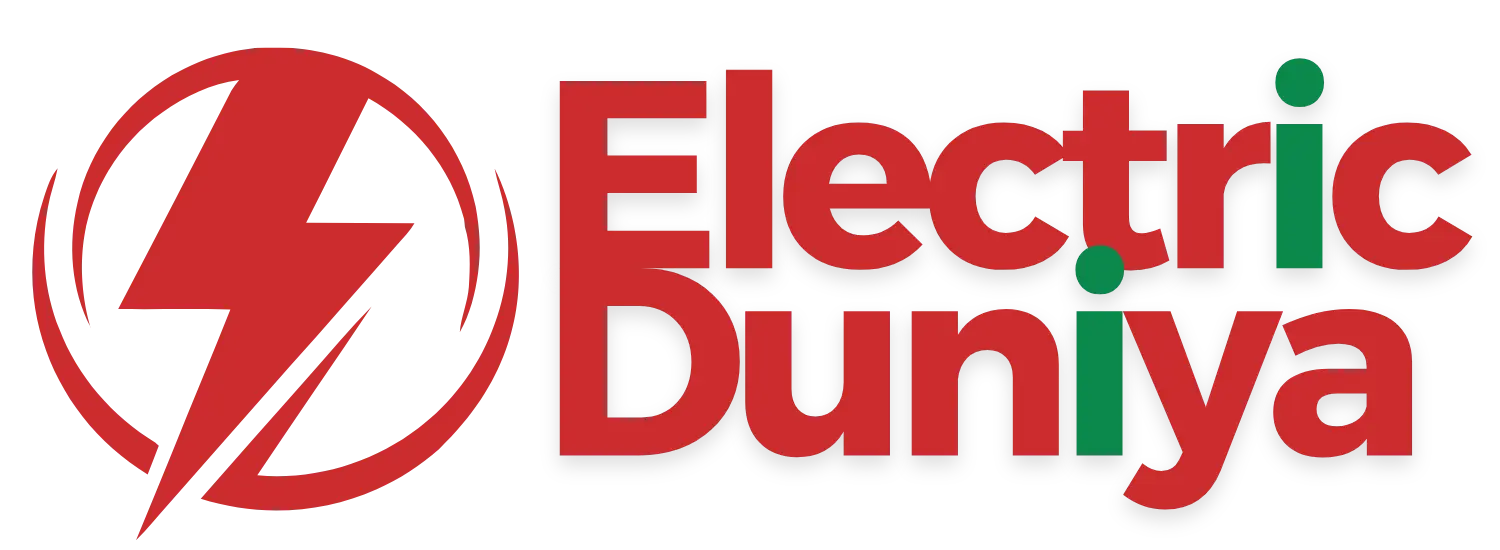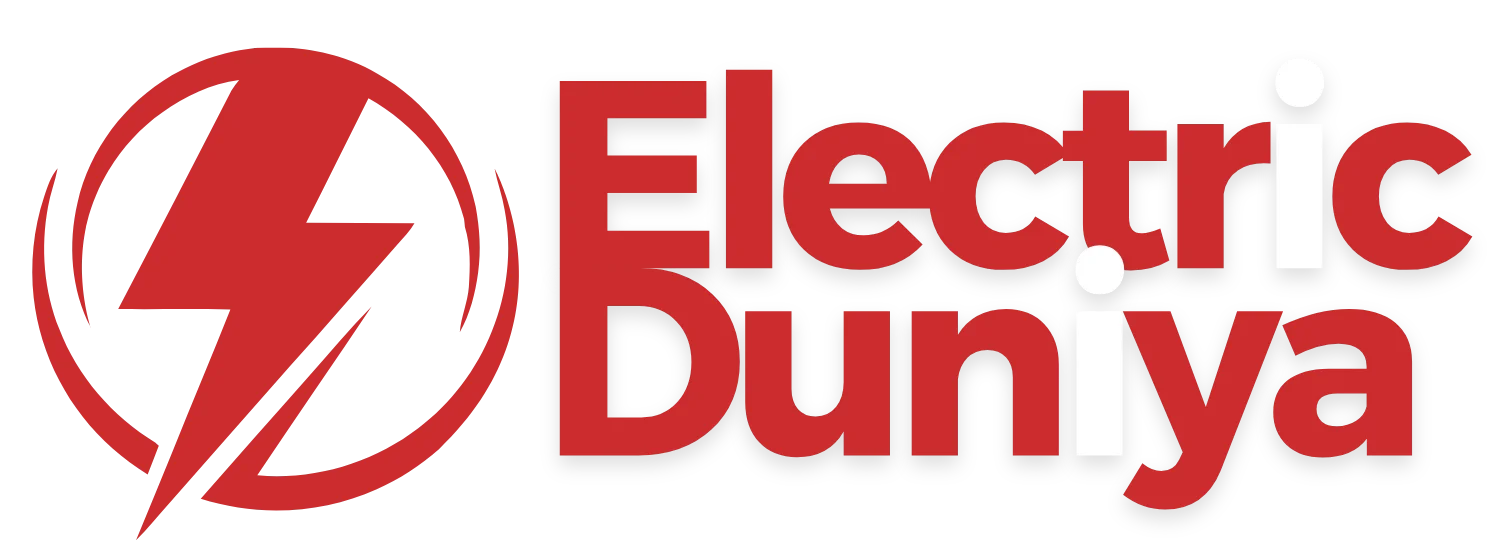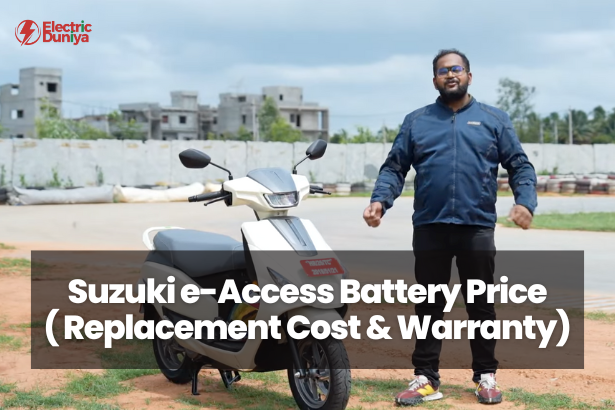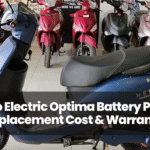Ever been chatting about EV ownership—maybe with your buddy over chai—and realized nobody ever talks about the real cost of battery replacements?
I’ve had that realization while riding my Ather 450X; the battery price sank in as the crucial hidden cost I hadn’t budgeted for.
And I’m guessing you’re here because you’re curious the same way about the Suzuki e‑Access.
The truth is, the battery defines your ride’s future—its range, its life, and your long‑term cost. So, knowing that price upfront isn’t just smart—it’s essential.
What is the Battery Price for the Suzuki e-Access?
The Suzuki e‑Access battery price isn’t officially disclosed yet, but industry estimates and market trends suggest a replacement cost likely falls between ₹30,000 and ₹45,000, depending on region, dealer mark-up, and whether you’re opting for an OEM lithium‑ion (LFP) or seeking third‑party alternatives.
H2: Battery Prices for All Variants
| Variant / Option | Estimated Price (INR) |
|---|---|
| OEM LFP Battery (3 kWh) | ₹35,000 – ₹45,000 |
| Aftermarket Lithium Option | ₹25,000 – ₹35,000 |
OEM LFP Battery
Suzuki e‑Access comes with a 3‑kWh Lithium Iron Phosphate (LFP) battery, valued for long life and thermal stability.
While there’s no exact price yet, comparing similar scooters like TVS iQube or Ather models, batteries of this capacity range from ₹40k–₹50k for OEM replacements.
Given Suzuki’s LFP’s robust build, I’d expect a ballpark of ₹35k–₹45k in metro cities, a price that may dip slightly in smaller towns due to lower taxation/logistics.
H3: Aftermarket or Third-Party Batteries
What if you’re out of warranty and want something cheaper? You might find compatible 3‑kWh lithium packs (possibly again LFP or NMC) for ₹25,000–₹35,000.
These can save you bucks, but compatibility, range retention, and warranty support vary. Some sellers offer 12‑ or 24‑month warranties, but conditions aren’t always crystal clear.
Battery Warranty of Suzuki e-Access
Suzuki hasn’t formally announced e‑Access’s battery warranty yet.
But considering industry standards and the LFP tech they’re using, I expect a 3‑year or ~30,000 km battery warranty, aligning with what brands like Ather and TVS iQube offer.
LFP’s durability—designed to last 2–3 times longer—is Suzuki’s ace card here.
Real-world claims? Since e-Access is new, reports are scarce. When I rode an Ather and replaced a battery, the dealer swapped it fast—but that was an established brand.
With Suzuki entering the EV space, there might be a ramp-up period.
My advice? Hang onto your purchase invoice, and check insurance or dealership communication before any battery struggle.
Battery Replacement Cost of Suzuki e-Access
Replacing isn’t just about the pack—it includes labor, programming, and dealership overhead.
- OEM Replacement: Expect ₹35k–₹45k for the battery, plus roughly ₹3k–₹5k for labour/programming. So, all in, you’re looking at ₹38k–₹50k.
- Third-Party Replacement: A cheaper ₹25k–₹35k pack… plus maybe ₹2k–₹4k labor. Total could be ₹27k–₹39k. But I’d gently remind you: warranty support is less robust, unknown software quirks may pop up, and resale value might take a hit.
What Affects Replacement Cost?
- Age & firmware: Older units may need software updates to sync with new battery packs.
- Warranty status: If under warranty—even partially—it could save you thousands.
- Tech updates: Future Suzuki battery revisions (e.g., higher energy density) may raise cost, even if they extend range.
- Location: Installer costs differ—Delhi & Mumbai may run 20–30 % higher than tier-2 towns.
- Battery chemistry: LFP offers safety and longevity—but sometimes at a premium over NMC.
Final Thoughts
So, what’s the Sirius answer: The Suzuki e-Access battery price (replacement cost) is estimated at ₹35,000–₹45,000 for OEM packs, or ₹25,000–₹35,000 for third-party options.
Battery warranty is likely to be solid—around 3 years or 30,000 km—though official confirmation is pending.
Choosing between OEM vs aftermarket boils down to a choice between reliability, warranty peace of mind, and whether you’re comfortable troubleshooting or saving a few thousand rupees.
I’d lean OEM if the warranty’s confirmed—but the market’s still evolving. Keep your ears open for announcements post-launch, and I’ll probably circle back once official numbers drop.
Ride safe, and may your range always outlast your ride!







